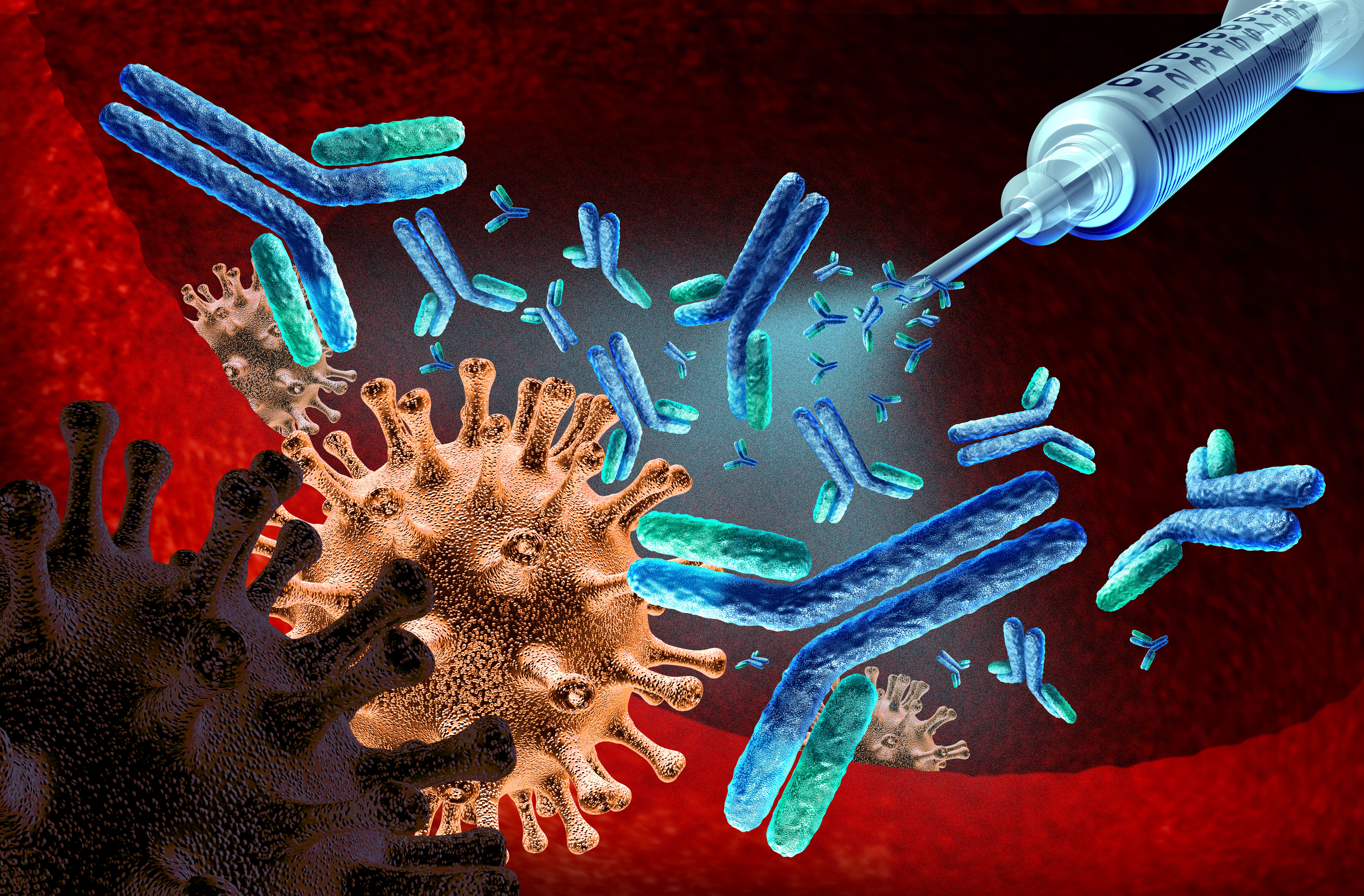Article
Role of Immunomodulatory Treatments in Drug-Induced Stevens John Syndrome, Toxic Epidermal Necrolysis Not Supported by Robust Evidence
Author(s):
Evidence remains limited for specific therapies to treat the disease, but new clinical trials are ongoing.
Present research examining the role of immunomodulatory treatments for drug-induced Stevens-John syndrome (SJS) and toxic epidermal necrolysis (TEN) is not supported by robust evidence, according to a review published in Asia Pacific Allergy.
Image credit: freshidea - stock.adobe.com

Further, the evidence for improved survival with off-label corticosteroids plus intravenous immunoglobulins (IVIG), ciclosporin plus IVIG, and ciclosporin alone has not been demonstrated in network meta-analyses (NMA) and meta-regression, according to the authors.
SJS/TEN is a severe cutaneous adverse reaction stemming from serious non-immunoglobulin E mediated immune-mediated drug hypersensitivity. It is associated with a high risk of mortality, morbidity, and potential mental and physical health impacts, according to the researchers.
The study authors examined registry databases, electronic health records, and systematic reviews of case reports, which indicated that the most common causes of drug-induced SJS/TEN include the drug class antibiotics (i.e., sulfonamides, penicillins), anticonvulsants (i.e., carbamazepine, phenytoin), and antineoplastics (i.e., imatinib, methotrexate).
Additionally, SJS/TEN was found to be associated with human leukocyte antigen (HLA)-specific genotypes and certain ethnicities, according to the authors.
Hallmarks of SJS/TEN that have been seen in a clinical setting include ≥ 2 mucosal involvement (oral, ocular and genital), fever, and positive Nikolsky sign with epidermal detachment, the investigators wrote. Often, patients present with fever, upper respiratory symptoms, pain or burning sensation affecting the skin and mucous membranes, difficulty swallowing, and malaise, according to the study.
Many international guidelines on the management of SJS/TEN in pediatric and adult patients agree that the offending drug should be promptly discontinued and note the importance of supportive care for patients, the researchers discussed. Supportive care can differ by region but includes admittance to an intensive care or burns unit for monitoring and wound care, the involvement of a multidisciplinary team, careful control of fluid and electrolyte status, and prevention of infection, among others.
Given the rarity of SJS/TEN, the paucity of randomized controlled trials, the heterogeneity of studies, the wide range of causative drugs, and non-standardization of outcome measures across studies, evidence on the use of immunomodulatory therapies remains limited, the investigators determined.
Considering this, a systematic review and NMA showed that corticosteroids plus IVIG was the only treatment for SJS/TEN that had significant survival benefits (standardized mortality ratio [SMR], 0.53; 95% CI, 0.31-0.93). Further, the investigators found that although ciclosporin and etanercept were promising therapy, there were not enough studies to determine its benefits.
A separate trial that studied SCORTEN-score based efficacy of immunomodulatory therapies on SJS/TEN, a meta-regression analysis confirmed that corticosteroids plus IVIG and ciclosporin were associated with fewer deaths than predicted by SCORTEN, but that no therapy achieved a significant reduction in the SMR, the authors wrote.
Finally, a Cochrane systematic review published in 2022 that aimed to assess the effects of therapies on SJS/TEN concluded that when compared with corticosteroids, etanercept may have reduced mortality; yet when comparing corticosteroids versus no corticosteroids, IVIG versus no IVIG, and ciclosporin versus IVIG, the investigators found limited evidence regarding disease-specific mortality.
Currently, the phase 3 randomized Optimal Management and Mechanisms of SJS/TEN (NATIENS) is enrolling participants with a goal to examine the optimal treatment and mechanisms of ciclosporin versus etanercept.
“Hopefully, this study will be able to demonstrate the efficacy of specific targeted immunomodulatory treatments in SJS/TEN,” the investigators concluded.
Reference
Thong BY. Drug-induced Stevens Johnson syndrome and toxic epidermal necrolysis: Interpreting the systematic reviews on immunomodulatory therapies. Asia Pac Allergy. 2023;13(2):72-76. doi:10.5415/apallergy.0000000000000101
Newsletter
Stay informed on drug updates, treatment guidelines, and pharmacy practice trends—subscribe to Pharmacy Times for weekly clinical insights.






